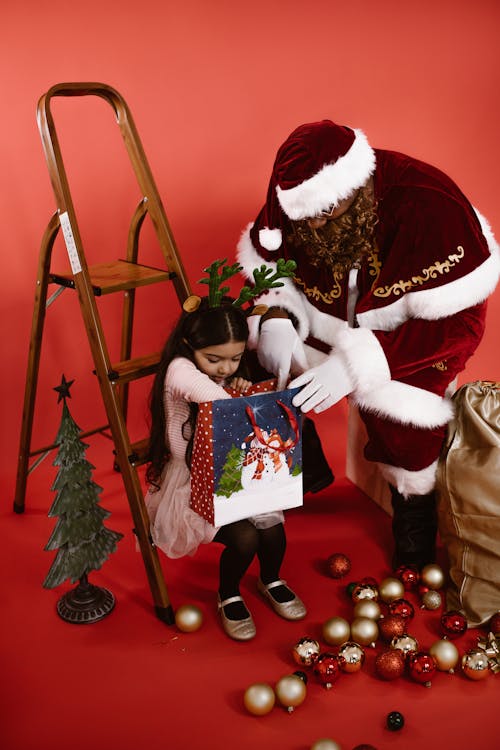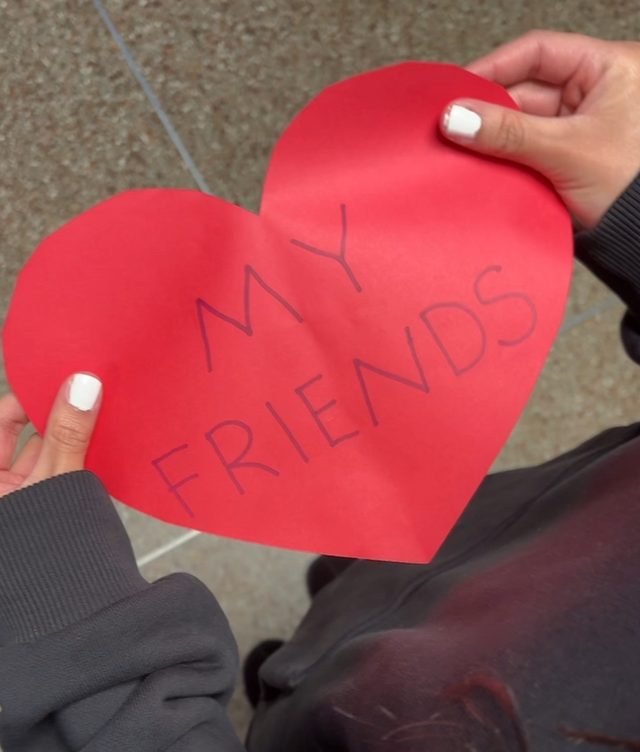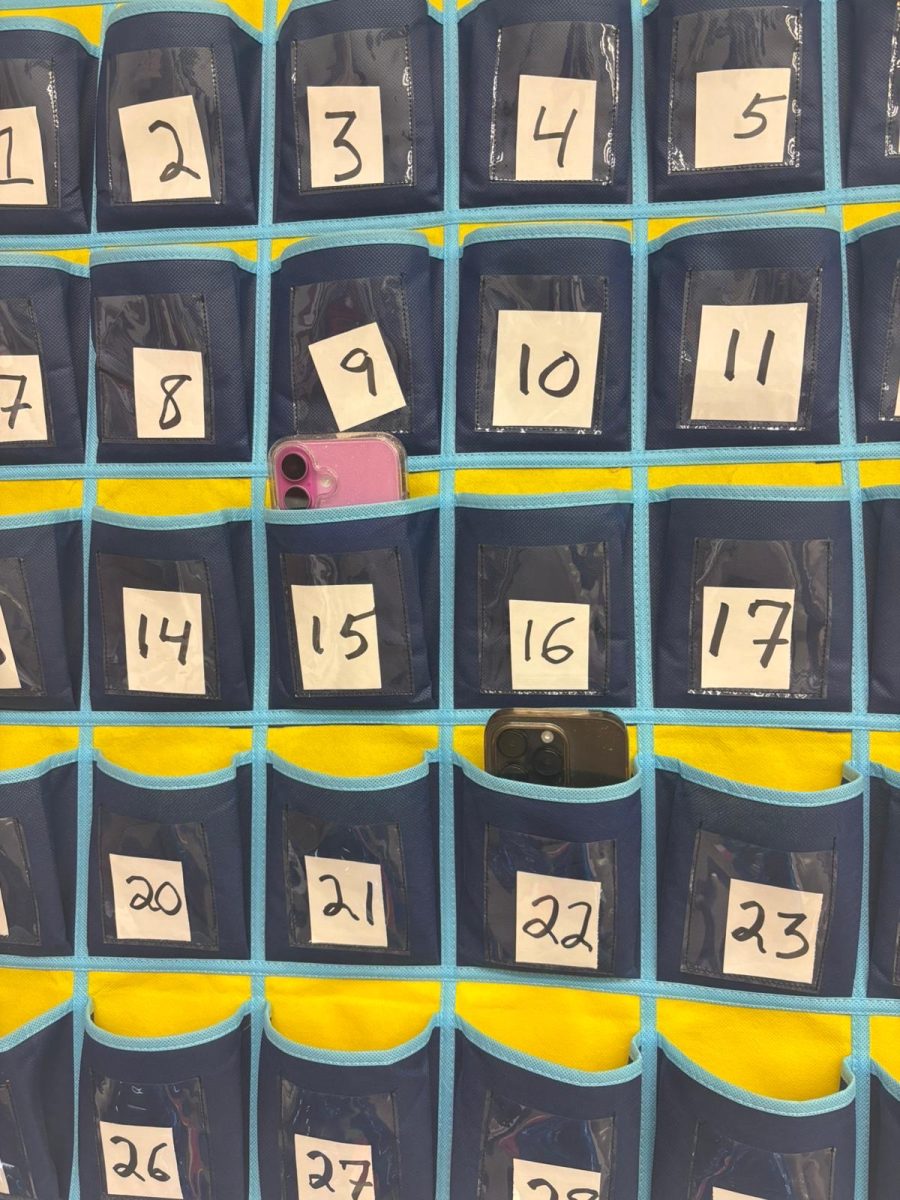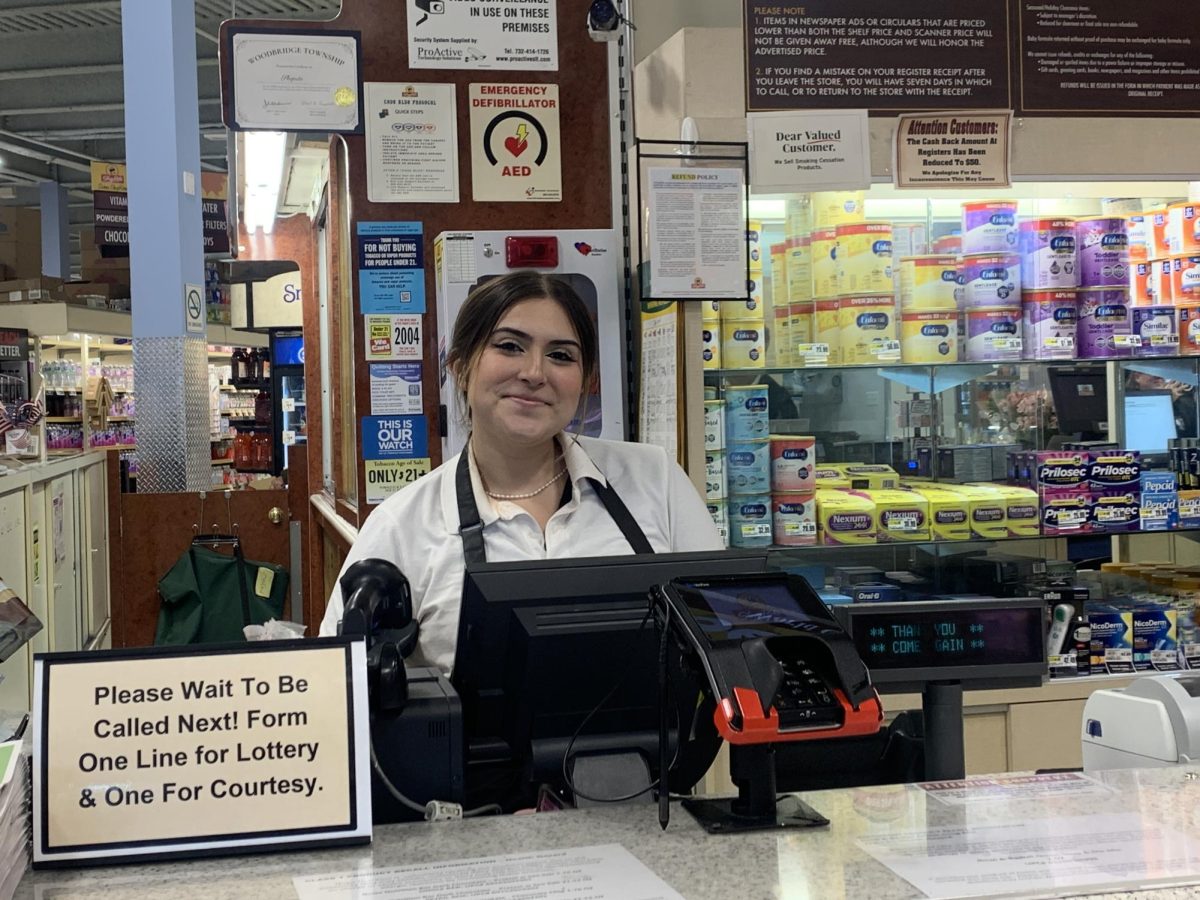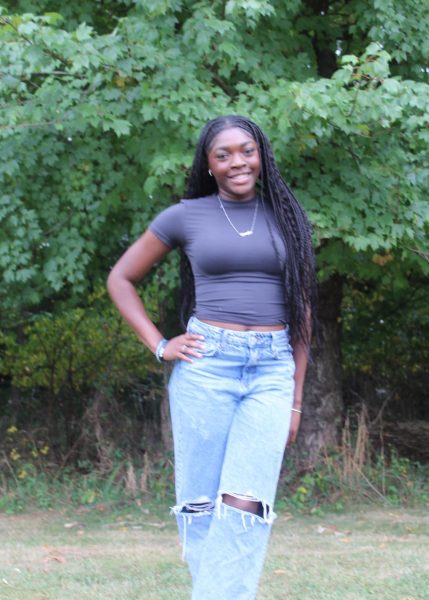Black Santa has become a powerful symbol of representation and inclusion for Black communities, allowing Black children to see themselves reflected in a beloved holiday figure. While Santa Claus has traditionally been portrayed as a white man, the rise of Black Santa represents a shift toward diversity, inclusivity, and a positive self-image.
History of Santa
Santa is more than just a man in a red suit. Santa Claus embodies the joy and diversity of children and families worldwide. Santa’s image has changed over time, being shaped by Dutch and English traditions and the legacy of Saint Nicholas, who is known for his kindness. In the 1930s, artists and advertisers established the modern depiction of Santa as a round-bellied, white-bearded man in a red suit. Unfortunately, early portrayals of Black Santa often reinforced harmful stereotypes. Over time, Black communities reclaimed and redefined Santa as a symbol of joy, pride, and empowerment, especially during the Civil Rights and Black Power movements of the mid-20th century.
Representation within the holiday
Black Santa represents diverse celebrations, showing that Santa can be Black, Asian, Indigenous, Latina, or white, just like the families who celebrate Christmas. Abdelrahman Marghany, senior at Colonia High: “It’s interesting to think that we don’t have any video of Santa from the past. Visualizing Santa as coming from different backgrounds makes him more relatable. Acknowledging different races adds to the magic of this character.” This inclusivity fosters a sense of belonging, allowing every child to see themselves in the magic of the holiday season.
Walking into stores during the holiday season, it’s incredible to see how far representation has come. Black Santas aren’t just found in ornaments anymore; they’re on wrapping paper, mugs, and pajamas. You’ll even find Black nutcrackers standing tall on shelves or a Black Mrs. Claus smiling from a festive display. These items feel personal, reflecting holiday traditions many of us experienced but didn’t see represented. Finding a Black Santa figurine or an African-designed nutcracker reminds us that representation matters for both children and communities. “I feel like it makes a statement. Everyone should embrace the idea of different colored Santas because representation is important for all,” said Blythe Santana, a sophomore at Colonia High School.
Popularity and encouragement
Many artists, designers, and businesses continue popularizing Black Santa, championing diversity in holiday traditions. Former NBA star Baron Davis founded The Black Santa Company to promote inclusivity through ornaments, apparel, and stories. Dona Gelsinger creates African American Santa art on Glow Decor, while Etsy sellers offer unique Black Santa decorations and ornaments. Even major retailers, like Old Navy, celebrate diversity with products like pajamas and pants featuring Santas of all races.
The emergence of diverse holiday figures and inclusive representations is significant. It allows every child to see themselves in moments of joy. Representation during the holiday season sends a strong message. It shows that no matter who you are, there’s a place for you in these shared traditions.



